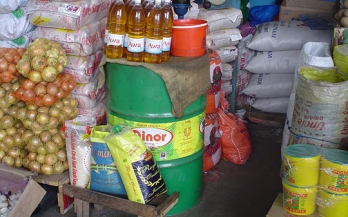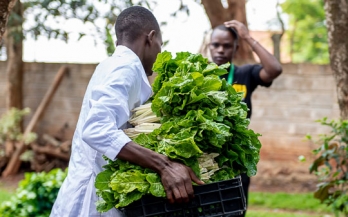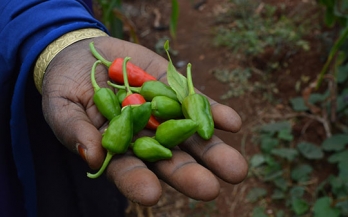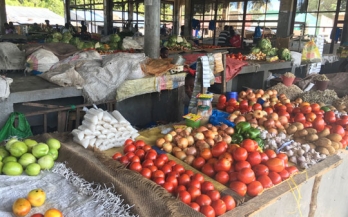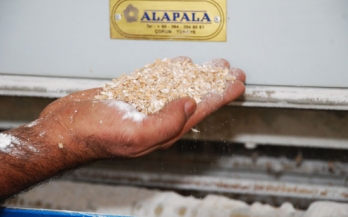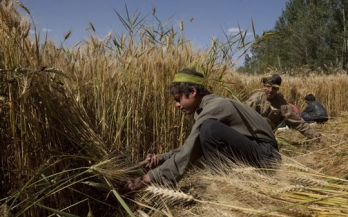The research sought to identify strategies to improve the nutritional quality of the diet of infants and young children using locally available and affordable foods. Specifically, it aimed to identify a set of evidence-based, population-specific food-based recommendations that can be promoted to improve infant and child feeding practices among farming communities in Ghana’s Northern Region.
This report summarizes the findings of the end-line survey to assess the impact of the oil and wheat flour fortification programmes in Côte d’Ivoire conducted in households in three communes in Abidjan and the rural area of Bouaflé in October 2010.
This report presents findings from a series of in vivo and in vitro studies to optimize iron fortification of rice in terms of iron bioavailability and sensory acceptability. It has been suggested, that zinc can negatively influence iron absorption.
This report presents the findings of the Kenya National Micronutrient Survey (KNMS) conducted in 2011 to generate data on the magnitude and distribution of micronutrient malnutrition, including nutritional status and a number of related diseases. The aim of the survey was to establish the prevalence of micronutrient deficiencies, protein-energy malnutrition, and infectious diseases among the Kenyan population.
This research brief provides the key findings from a study commissioned by GAIN'S Postharvest Loss Alliance for Nutrition to conduct a landscape analysis to better understand the dried tomato production and market in Nigeria. Structured questionnaires were used to elicit information on socio-economic characteristics of selectors processors, traders, and consumers.
This report covers the mapping of the distribution, value chain and reach analysis of Alves and includes inputs taken from observations on local markets and at local stores, price checks and interviews done with participants at all levels of the meat processing production and distribution value chain.
This case study assesses the extent to which GAIN’s inputs to Vegman, a vegetable and fruit producer in Chimoio, Manica Provice, Mozambique via the Marketplace for Nutritious Foods program have helped improve availability, affordability, ease of access, convenience and desirability of nutritious food products in local food markets.
This report summarises the findings of the 2010 micronutrient survey conducted in Jordan in March and April 2010. The survey follows an earlier micronutrient survey conducted in 2002, four to five months after the start of a national flour fortification program.
The 2016 Kazakhstan Fortification Assessment Coverage Toolkit (FACT) survey is a cross-sectional survey that is nationally representative and representative of urban and rural areas. The results provide evidence of programme performance, identify programme barriers, and estimate potential for impact.
The 2017 Afghanistan Fortification Assessment Coverage Toolkit survey is a cross-sectional survey comprised of a household and market assessment. The household assessment is representative at the national level and stratum level.


